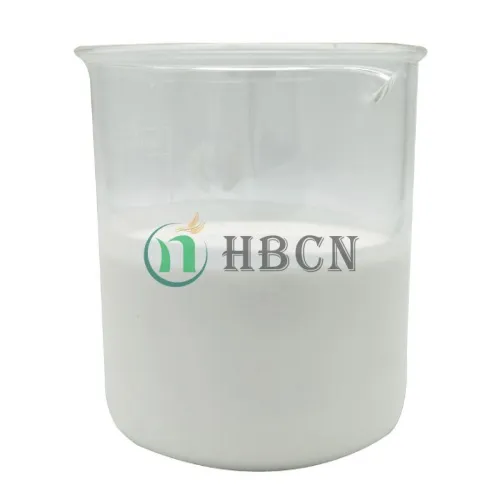
lis . 11, 2024 21:12 Back to list
beta cyfluthrin and imidacloprid service
The Role of Beta-Cyfluthrin and Imidacloprid in Pest Management
In the realm of agricultural pest control, two compounds frequently discussed are beta-cyfluthrin and imidacloprid. Each serves a distinct purpose in managing pests that threaten crops, public health, and the environment. Understanding their properties, mechanisms of action, and safety profiles is crucial for effective pest management strategies.
What are Beta-Cyfluthrin and Imidacloprid?
Beta-cyfluthrin is a synthetic pyrethroid, which is a class of insecticides modeled after natural pyrethrins derived from chrysanthemum flowers. Due to its enhanced stability and insecticidal activity, beta-cyfluthrin is widely used in agricultural and residential pest control. It is particularly effective against a wide variety of pests, including mosquitoes, termites, and agricultural insects, providing growers with a broad-spectrum solution.
On the other hand, imidacloprid is a neonicotinoid insecticide that works by interfering with the transmission of nerve impulses in insects. It acts on the central nervous system by binding to nicotinic acetylcholine receptors, leading to paralysis and death of the target pest. Imidacloprid is particularly favored for its effectiveness against sucking insects such as aphids, whiteflies, and certain beetles, making it an essential component of integrated pest management (IPM) strategies.
Mechanisms of Action
When beta-cyfluthrin is applied, it targets the sodium channels in the membranes of insect nerve cells
. This results in prolonged depolarization, leading to hyperexcitation and eventual paralysis of the insect. Importantly, it has a low toxicity profile to mammals, which makes it a safer option when used correctly.Imidacloprid, in contrast, mimics the action of nicotine, leading to overstimulation of the insect's nervous system. The binding of imidacloprid to the nicotinic receptors ultimately disrupts normal signaling, causing paralysis and death. Its systemic properties allow imidacloprid to be absorbed by plants, providing protection against pests that feed on them.
beta cyfluthrin and imidacloprid service

Application and Usage
Beta-cyfluthrin is primarily used in agricultural settings but can also be found in residential pest management formulations. It is applied as a spray or granules on crops and can also be used for surface treatments in structures to control pests. It is particularly effective against pests that are hard to control with other methods due to its rapid knockdown effect.
Imidacloprid is widely utilized in both agriculture and urban pest control. Its systemic nature allows it to protect crops from within, offering long-lasting protection against pests. Moreover, it is also employed in veterinary medicine for flea and tick control in pets. However, the use of imidacloprid has raised environmental concerns due to its potential impact on non-target species, particularly pollinators such as bees.
Environmental and Safety Considerations
While both beta-cyfluthrin and imidacloprid are effective in pest control, their usage must be managed responsibly. Integrated pest management practices that combine biological, cultural, and chemical controls can help mitigate the risks associated with over-reliance on these chemicals.
Furthermore, regulatory agencies monitor the use of these pesticides to ensure they meet safety standards for application and environmental impact. Farmers and applicators are encouraged to follow label instructions carefully and adopt protective measures to safeguard beneficial insects and other wildlife.
Conclusion
Beta-cyfluthrin and imidacloprid play significant roles in modern pest management strategies. Their unique properties and efficacy against a range of pests make them valuable tools for farmers and pest control professionals. However, responsible usage, continued research, and the implementation of sustainable practices are essential to ensure that these chemicals do not pose risks to human health and the environment. As the agricultural landscape continues to evolve, the integration of these insecticides within comprehensive pest management frameworks will remain crucial for long-term agricultural sustainability.
-
Cotton Selective Herbicide: Superior Weed Control, Max Yields
NewsSep.01,2025
-
High-Performance Triazole Fungicide for Superior Crop Protection
NewsAug.31,2025
-
Terbuthylazine Herbicide: Superior Weed Control for Maize & Corn
NewsAug.30,2025
-
Pyrazosulfuron-ethyl 10%WP Herbicide for Superior Paddy Weed Control
NewsAug.29,2025
-
Advanced Insecticide: BT, PI, Ant & 505 Pest Solutions
NewsAug.28,2025
-
Best Abamectin 95%: Superior Pest Control & High Purity
NewsAug.27,2025
